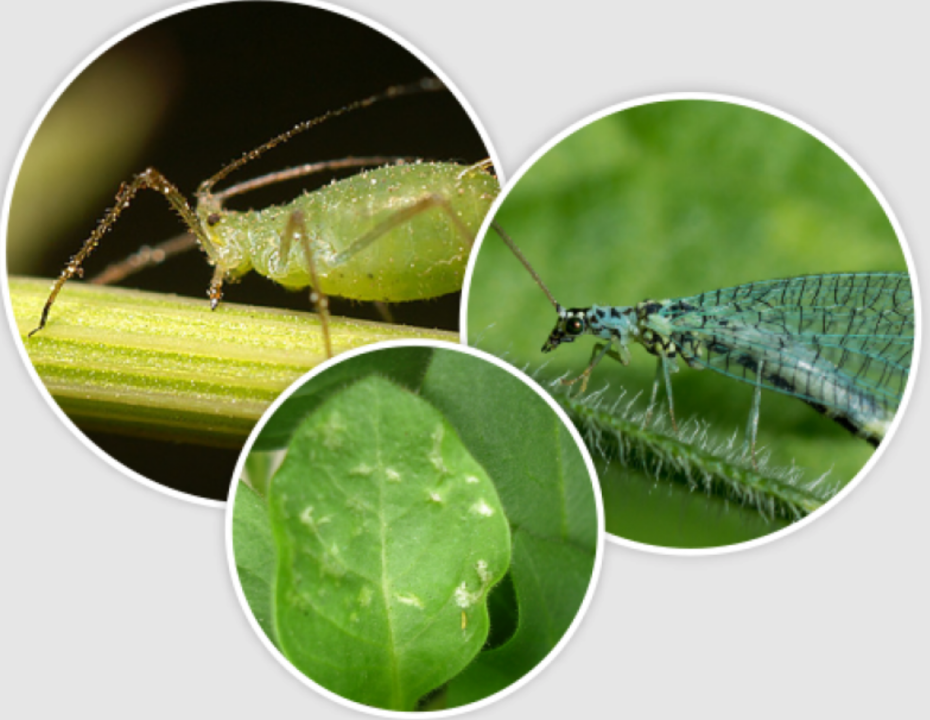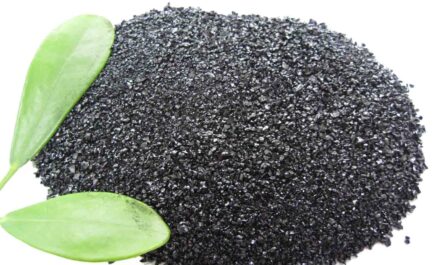Biocontrol Agents and its Importance in Agriculture
Biological control, also known as biocontrol, involves the use of living organisms to control pests like insects, mites, weeds and plant diseases. It is an important component of integrated pest management (IPM) which aims to control pests in an environmentally sensitive way. By employing natural enemies like predators, parasites and pathogens, biocontrol helps to reduce damage caused by pests in a sustainable manner. This decreases the need for chemical pesticides and minimizes risks to humans, wildlife and the environment.
There are many examples that underscore the significance of biocontrol in modern agriculture. Some common biocontrol agents used worldwide includetiny wasps that control whiteflies, ladybugs that eat aphids, fungal pathogens that infect weeds and nematodes that parasitize insect larvae in soils. Studies have shown that established biocontrol programs can provide pest control that equals or surpasses chemical methods alone. This is because natural enemies permanently establish in cropping systems and continue to suppress pests even when inoculative releases are discontinued.
Types of Biocontrol Agents
They utilized insect management classified into three main types based on their mode of action:
Predators: Predatory insects like lacewings, beetles and spiders actively hunt other insects and kill them. Ladybird beetles consume large numbers of aphids, scale insects and mites.
Parasitoids: These are mostly wasp and fly species that inject or attach their eggs onto or into host insects. The parasitoid larvae consume the host internally or externally, eventually killing it. Common parasitoids include tiny Trichogramma wasps that attack caterpillar and moth eggs.
Pathogens: Viruses, bacteria, fungi and nematodes are important biological control pathogens used against insect pests and diseases. Some representative examples are baculoviruses infecting caterpillars, Beauveria fungus against grasshoppers, and Steinernema nematodes parasitizing soil-borne insect larvae.
All these categories play key roles in natural and inoculative biocontrol systems aiming to establish long lasting, self-perpetuating control and maintain pest populations below damaging levels. Their self-multiplying nature makes them cost-effective options needing less human intervention over time compared to conventional chemical means of control.
Commercial Production and Quality Control
Reliable mass production and quality control of biocontrol agents is crucial for successful pest management programs. Commercial mass-rearing facilities ensure adequate quantities of natural enemies with optimal vigor, virulence and shelf-life are consistently supplied to end users.
For insects like predators and parasitoids, standardized rearing methods have been developed using artificial diets, host insects and controlled environmental conditions. To produce trillions of biocontrol wasps annually, facilities culture colonies on a large industrial scale; monitor quality parameters like species purity, emergence rates and infection levels; and ship products to distribution networks worldwide.
Standard operating procedures are also in place for industrial pathogen production in fermentation tanks or on artificial media. Quality assurance involves testing for pathogen load, contamination screening and activity/pathogenicity to prove field effectiveness. Packaging in breathable containers help maintain product viability during transport under quarantine regulations.
All these commercial processes are crucial to overcome fluctuations and supply bottlenecks, thereby facilitating reliable deployment of biocontrol agents across different geographies and cropping seasons. Strict biosecurity also prevents environmental contamination from mass rearing or fermentations.
Application Techniques
The method of biocontrol agent application depends onpest targeted andcropping system characteristics. Some common techniques employed are:
Inundative Release: Mass inoculative releases of large numbers of predators, parasitoids or pathogens aim to rapidly establish control when pests first appear. Effective against many outbreak situations.
Inoculative Release: Smaller periodic releases allow agents to build up populations over time and continue regulation as pests persist in the environment. Maintains long term, self-sustaining control.
Conservation Biological Control: Enhancing habitats to encourage resident naturally occurring biocontrol agents by providing food and shelter through practices like strip cropping, weeds, water sources etc.
Inundative techniques see one time application of large quantities through foliar sprays, soil drenches or direct releases on crops. Inoculative approaches often use micro-dispensing equipment, aerial application or embedding agents in natural or artificial carriers that are broadcast across target areas for slow, controlled delivery. Timely applications, adherence to prescribed dosage rates and integration with other IPM tools ensures maximum impact.
Role of Biocontrol in Sustainable Farming
Proper maintenance and augmentation of natural enemy populations through biocontrol ensures that pests remain suppressed without repeated chemical intervention, minimizing pest resistance development and adverse impacts on the agroecosystem. It provides an ecologically sound solution in line with integrated pest management goals and responsible food production standards increasingly demanded globally.
Overall, it is a science-based, economically viable practice that enhances food security and environmental safety by establishing long-term, self-sustaining pest suppression. Commercial mass rearing and advancements in application technologies have further cemented the role of this environment-friendly practice as the foundation of sustainable agriculture worldwide.
*Note:
1. Source: Coherent Market Insights, Public sources, Desk research
2. We have leveraged AI tools to mine information and compile it




